History books typically depict doctors as confident men and women wearing white coats, stethoscope around their necks, and carrying a Gladstone bag or the iconic “black doctor’s bag.” This classic image usually comes to us when we picture a family doctor carrying their trusty black bag on the way to care for a patient at home. Once upon a time, doctors doing house calls were commonplace. It was normal for doctors, general practitioners, or family physicians to make house calls. Simply put, a house call can be defined as a visit by a doctor to your home to provide medical care.
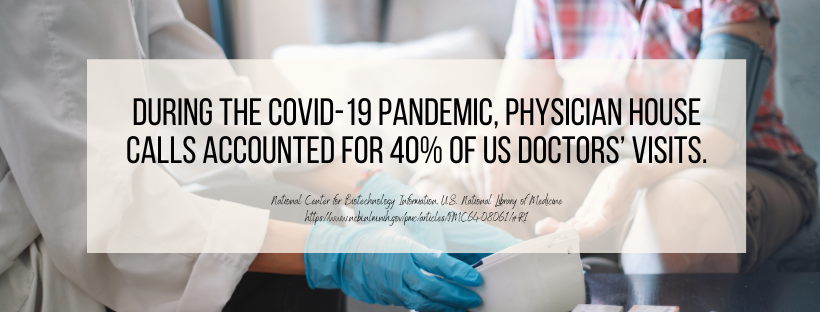
The majority of physicians in the US and Britain made house calls from the earliest days of professional medicine until fairly recently. With this practice, physicians spent most of their time on the road and most of their days with each family. Calling the family doctor on the phone in an emergency was perfectly normal, and he or she will take the trip or drive to see you.
The medical practice of doing house calls has allowed doctors worldwide to get acquainted with their patient’s living situations. This also gives physicians the perspective on how their patient’s environment affects their health and gives them the medical care they need in a safe and comfortable space. For millennia, house calls have removed the necessity to stay in an uncomfortable clinic waiting room, surrounded by strangers, and in a flood of white coats. However, in their own homes, doctors can establish stronger relationships with their patients. This is one of the many profound impacts of doctor house calls.
Let’s explore the ins and outs of physician house calls! Use these page-jumps to navigate these topics with ease!
- Early Years Of Doctors Making House Calls
- Rise and Fall of Physician House Calls
- The resurgence of Home-based Care in the United States
- Do Doctors Still Make House Calls In The United States?
- Return of House Calls
- Benefits of House Calls
- House Call Services in The United States
- Top On-Demand Doctor House Call Services
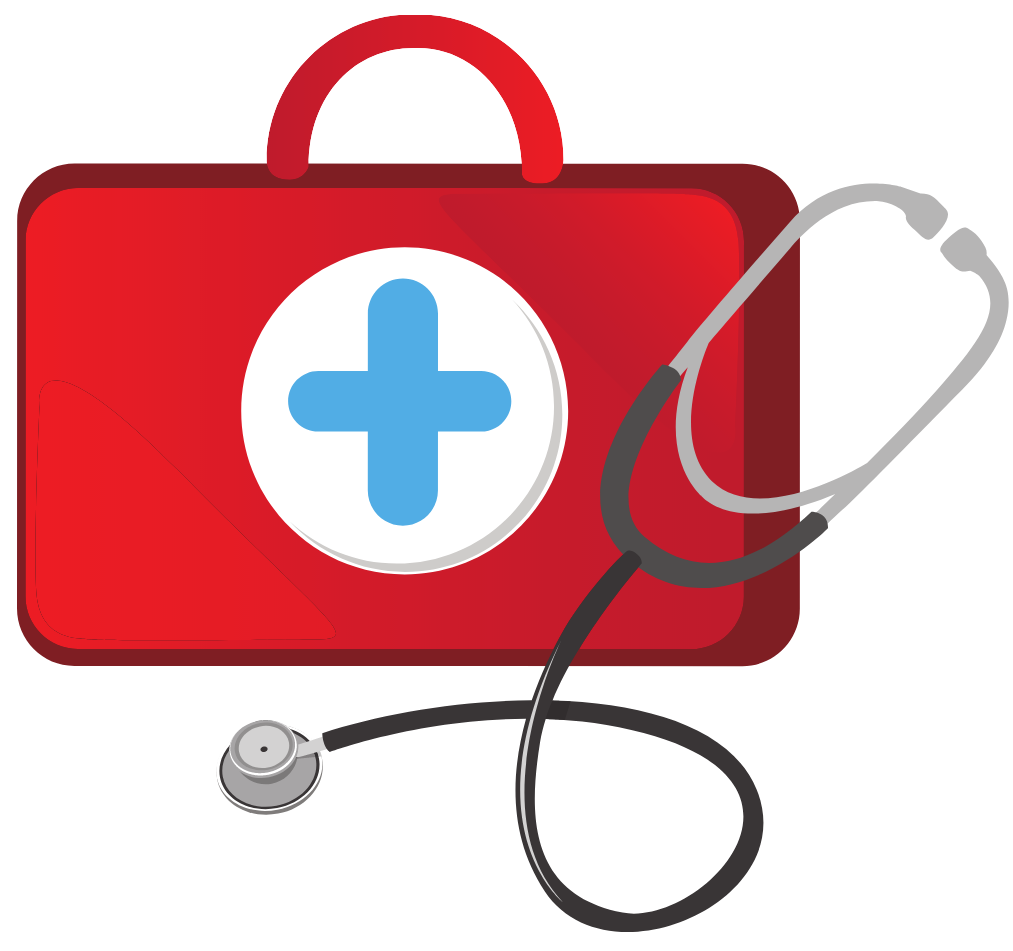
Community doctors, black bag in hand, and traveling to a patient’s home to provide medical care was very common up to the mid-20th century. It was the primary mode of health care delivery in both the United States and Europe. You’ll be surprised to know that before World War II, that iconic physician’s black bag your doctor carried contained every tool they needed to diagnose and treat a patient.
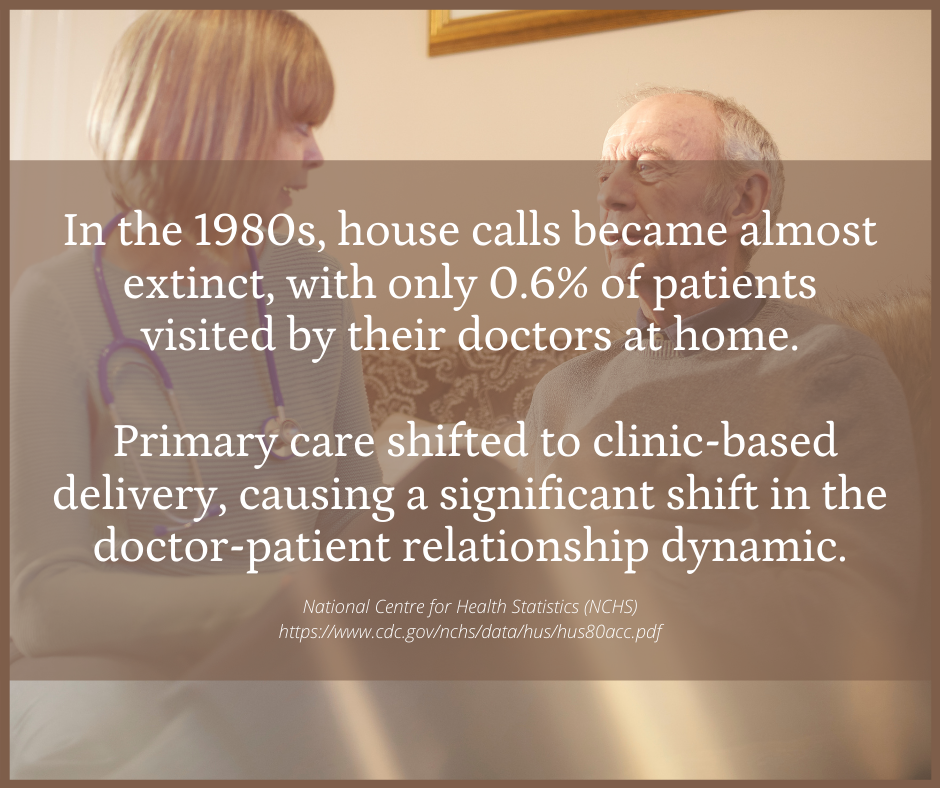
Because most patient care was still provided in the home, physicians needed the means to carry their instruments to see their patients. The physician’s black bag’s development met this need, which immediately became the principal symbol of a community physician during this period, and even today.
Importance of the Doctor’s Bag
Doctors who make house schools need a reliable bag that specifically meets their needs. The bag must have specially fitted compartments to carry instruments and drugs without any untoward damage. The first iteration of the doctor’s bag is made of wood and leather chests and pocket cases. It is believed that doctors have used the black bag since the time of Hippocrates. In Hippocratic Corpus known as the “Decorum,” he gave the earliest and possibly the first detailed description of a medical bag. He also wrote guidelines for the required tools and equipment needed and its structure. This was around 350 BCE, demonstrating that medical practitioners have given thought and importance to the equipment and medications they carry since ancient times.
Hippocrates, in his writings, emphasizes that the tools and medications physicians bring with them require an arrangement. This is to ensure that they have everything in place and prepared for when they are needed. More importantly, as medical practitioners, they should never put themselves in an embarrassing situation where they miss a tool, equipment, or medication as simple as a gauze. This is not only embarrassing, but it can also potentially cause harm. Carrying a simple and portable kit was and remained to be the easiest solution to this dilemma.
What is the ideal doctor’s bag, and what should it contain?
A bag that follows a methodic layout is an ideal physician’s bag. Doctors are not expected to remember and keep everything in mind, so a well-organized bag makes their job easier. Despite the many advances in science, medicine, and technology, the great Greek doctor’s black bag’s main contents remain the same. Any doctor’s black bag contains the basic tools.
- Stethoscope
- Sphygmomanometer
- Flashlight
- Gauzes
- Bandages
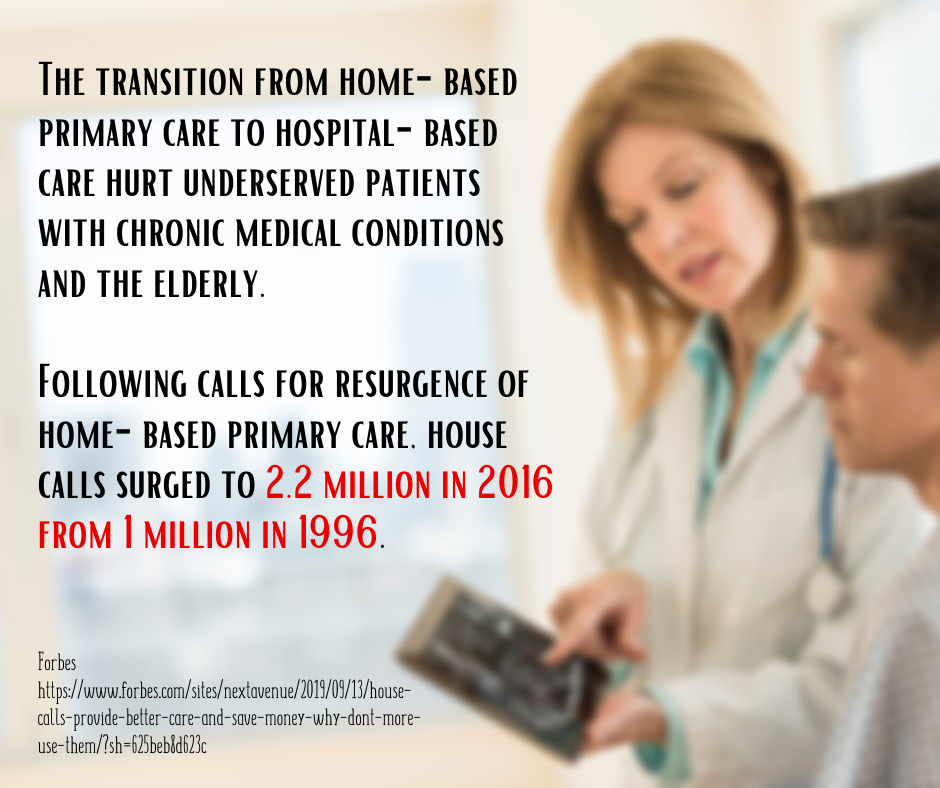
Based on historical accounts, from the 1920s to the 1930s, a typical doctor’s bag carries the following:
- Stethoscope
- Sphygmomanometer
- Clinical thermometer
- Auriscope
- Ophthalmoscope
- Tongue depressor
- Torch
- Plessor (reflex hammer)
- Syringes and needles in
- spirit-proof case
- Cotton wool in spirit
- Ethyl chloride spray (used for anesthesia)
- Scalpels along with other surgical instruments
- Catheters
- Chloroform and
- Dropper bottle
- Assorted dressings
- Plaster bandages
- Soap
A general practitioner needs to carry an assortment of diagnostics instruments, drugs, and dressings. Significant changes in the kinds of equipment doctors bring in their bags were more prevalent in the 1980s, which include the following:
- Stethoscope
- Aneroid sphygmomanometer
- Thermometer
- Auriscope
- Ophthalmoscope
- Tongue spatulas
- Penlight
- Plessor (reflex hammer)
- Disposable sterile syringes and needles
- Alcohol swabs
- Disposable gloves
- Oral airway
- Disposable scalpel
- Artery forceps
- Scissors
- Butterfly needles
- Velcro tourniquet
- Paper bag
- Steristrips
- Ampoule file
- Urine test sticks
- Sample containers, swabs, transport medium
- Prescription pads
- Pens

Patients who were acutely ill and too weak to visit the doctor made house calls the norm. This is especially true when infectious diseases were rife, which made isolating patients difficult. And because most individuals lived in compact cities, visiting the patient at home was the most logical and safest choice.
Family physicians in the United States were making more than three calls for the average illness and more than two calls for the common cold. American family doctors were also making more than three calls for mumps and other communicable diseases and more than four calls for a “nervous disease,” or what we know today as mental disorders. This data was gathered towards the end of the 1920s and was echoed in Britain. The popularity of house calls continued until the 1940s, but by 1942, doctors practicing as general practitioners (GPs) had fallen below half of the 74% of GPs in 1928. This decline persisted until the 1980s, leaving only 15% of American doctors as practicing family physicians, resulting in a devastating effect on the physicians doing house calls.
Based on data from the National Centre for Health Statistics (NCHS), in 1980, house calls became almost extinct, with only 0.6% of patients visited by their doctors at home. This decline never really recovered and has continued over the decades and has significantly shifted the doctor-patient relationship’s dynamic. What used to be a comfortable doctor’s visit at home has become hours of waiting time in the clinic. At that time when house calls were the way of life, patients were usually attended to by friends or family acquaintances. There is an implied benevolence in the visits, which easily made doctors revered members of society.
Doctor-Patient Interaction
Interactions between patients and medical practitioners can be very challenging, and we are willing to bet that we have all had an uncomfortable consultation with our doctors. Neither you nor your doctor wishes to be in a difficult situation where misunderstandings are very common. Communication and listening skills are essential in a doctor’s appointment, and consultation and clinics and hospitals can be very high-stress environments. Doctors hesitate.
Among the many common real-life scenarios where communicating with a patient can be challenging are:
- When patients come in presenting a long list of symptoms;
- When the patients do not feel that they are being listened to;
- When despite thorough tests and work-ups, there is no definite diagnosis;
- When the patient requires drug dose decrease;
- When generally delivering bad news; and
- When patients are non-compliant.
Understandably, patients behave differently in a medical situation because of their individual medical and psychosocial history. And because doctors are often overstretched, the time allotted for every patient has been reduced. This ultimately removed or significantly narrowed physicians’ opportunities to build relationships with their patients – a differing factor between seeing patients in the clinic and the home.
Fall of Doctor House Calls
It was in the 20th century when doctor house calls saw a dramatic decline in popularity. It was when dramatic changes in the health care industry, especially in the way it was delivered was felt in the country. What used to be a primary means of delivering health care became almost non-existent. By 1980, primary care shifted to clinic-based delivery, leaving house calls a 1% market share. This was due to the increase of access in terms of proximity to medical centers and transportation. Patients shifted to clinic-based care, leaving their family physicians less and fewer appointments.
Along with advances in medical science, telecommunications, and transportations systems came significant changes in health care. Connecting with physicians became very convenient and easier. Because medical diagnostic technologies were only available in the clinic or hospitals, patients were more willing to take the trip and visit their physicians. This was under the perception that hospitals provide state-of-the-art care.
Why did Family Physicians stop doing house calls?
The decline in doctors doing house calls was not solely due to patients favoring clinic-based or hospital-based medical care. Physicians also contributed to this trend. Here are the most common reasons why general practitioners were unable to do house calls:
- Lack of efficiency
- Time constraint
- Poor reimbursement
- Physician specialization
- Primary care only offered in the clinic or hospitals
- Patients’ increase access to the healthcare system
- Advancement in medical knowledge and technology
- Heightened liability concerns
- Safety concerns
During this time, house calls are now barely recognized as a part of what American physicians do. By the turn of the 21st century, doctors can easily be divided into two groups. One includes those who have never or rarely made house calls. While two are the very few who continued to make regular house calls. Only 18% of Physicians in the United States made house calls in 2001, and except for geriatrics and palliative care, house calls became almost extinct.

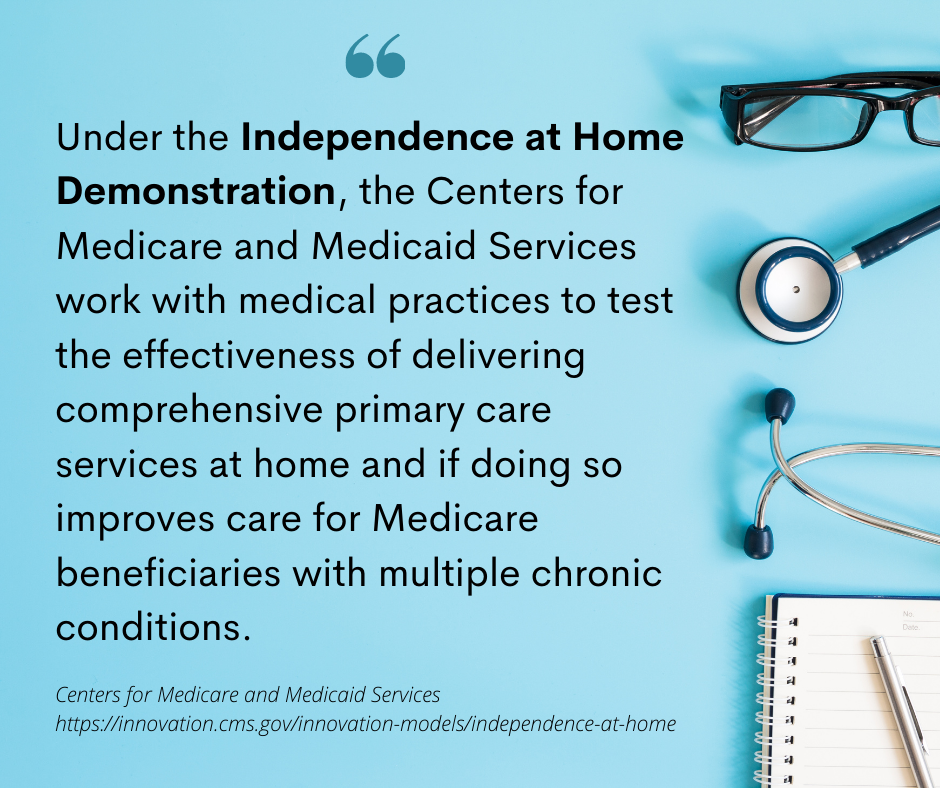
The transition from home-based primary care to hospital-based care hurt the underserved patients suffering from chronic medical conditions and the elderly. When doctors stopped visiting their patients at home, it created a gap in primary care accessibility in the United States. Hospitals provide the best possible medical attention to patients. Home-based primary care (HBPC) is as important as hospital-based primary care. Many forces called for the return of house calls, ultimately reversing the decline from 1 million house calls made in 1996 to 2.2 million in 2016.
Patients in Need
- America is an aging society. More and more Americans will require geriatric, and palliative care with the first baby boomers turned 65 in 2011. Boomers will need medical attention and join Medicare every day until 2029. With an aging population, the home-bound population will also increase. Home-based primary care needs to accommodate the population if we want to ensure the health of the elderly.
- On-demand care for individuals with acute illness. House calls can expand access options to primary care for individuals, both young and old, who live with acute illness, persons with disabilities, and high-risk patients.
Technology
Advancements in technology paved the way to the resurgence of house calls. What was once one of the major causes of physicians’ house calls’ decline can very much singlehandedly save the entire industry.
- Diagnostic technology has become advanced that test results can be transferred through email or a patient information system.
- Modern technology allows diagnostics tests to be conducted in the patient’s home.
- Laboratory tests can now be done remotely or through point-of-care testing. Test samples may even be drawn by the patient and sent to the laboratory.
- Machines have become more compact and portable. There are portable X-ray and ultrasound which can be taken in the home. Larger house call programs provide ancillary services to their patients.
- Smartphone apps can now provide vision testing, drug databases, rhythm strips, and many more.
Changes in Health Care and New Payment Method
There have been health care reforms in the United States in recent years, paving the way for the comeback of home-based primary care. The reform focused on giving more incentives to the value of care provided over volume. Through home-based primary care, medical assistance is accessible to home-limited patients due to functional impairments or disabilities. In doing so, the American health care system prioritizes patients’ care with the most complex and financially draining conditions. These patients are the most vulnerable and account for half of the hospitals’ total expenditure and excessive readmissions.
- House calls are believed to have contributed to the 25-50% reduction in hospital readmissions.
- Readmission penalties that are being charged to hospitals are reduced or eliminated.
The Center for Medicare and Medicaid Innovation incentivized physician house calls. Providers that offer house calls to patients in need ensure that overall medical cost is minimized. This is to limit the burden on the vulnerable population in society.

YES!
Contrary to popular belief, the visiting doctor, black bag in hand, waiting at your doorway is not a relic of the past. House calls remain to be an efficient state-of-the-art medical care in the United States.
The Centers for Disease Control and Prevention determined that, in 2010, more than 50% of the American population had at least two chronic illnesses. This is among the implications of an aging society. More than 63% of elderly age 65 years old and up and up to 83% for ages 85 and up have chronic diseases. Why? Because not everyone in the country gets the care they need even if they visit the doctor’s office.
Home-bound Patients
Back in the day, family physicians would respond to about every medical emergency. Be it the flu, the cold, influenza, or an infection, the doctor will respond to the call and will be at your doorway as soon as possible. House calls are different today. For this mode of delivering medical care to survive, it needed to take a paradigm shift. As much as we do not want to acknowledge it, doctors making house calls is a business. And as a business, it needed to adapt.
The modern house calls are focused on providing medical services to a specific population. Patients with significant limitations accessing hospitals or regular medical care. This includes home-bound patients, the elderly, hospice services, and follow-ups. This is a logical step. Those who are frail or bed-bound struggle to get the medical care they need most. Even if they have access to a medical care facility, it remains physically challenging to leave their homes. Most importantly, the complexity of their conditions may need a longer and more in-depth consultation beyond the 15- to a 20-minute office visit. Realistically, physicians struggle to fit their patients into their busy schedules and seeing patients with complex conditions will require more and more visits to the clinic.
How physician house calls became a part of modern healthcare in America?
Passed in 2010, the Affordable Care Act or Obamacare arguably leveled the field in terms of access to health care. Millions of Americans who were previously uninsured were now insured and have access to health care. Now that everyone can afford health care, professionals were strapped for time to meet patient care demand. As a consequence, doctors were left with no time to do house calls. Only 13% of family doctors did house calls in a given week in 2013, and only 3% of family physicians doing two house calls a week. A whopping 70% of all house calls were done for Medicare patients.
To encourage more and more doctors to make house calls, the Affordable Care Act cemented the Independence at Home program’s implementation. The program aims to incentivize doctors so they will make more house calls. Doctors who do save money for Medicare while providing high-quality care and improve the quality of care would share in financial bonuses.
Independence at Home
Through the Independence at Home Demonstration, the Centers for Medicare & Medicaid Services partnered with various medical practices. They tested the effectiveness of delivering comprehensive primary care services at home. The demonstration aims to reveal if this will improve care for all Medicare beneficiaries with multiple chronic conditions. Ultimately, the Demonstration will reward health care providers that ensure that patients get high-quality care while maintaining health care costs at a minimum.
- The demonstration revealed that medical teams served up to 10,000 Medicare patients with severe chronic illness and disability.
- This number was gathered in years 1 and 2 of the IAH demonstration.
- Despite servicing 10,000 patients, the reported saving totaled more than $35 million.
- IAH teams provide better care with up to 30% reduced Medicare cost.
In the future:
- An estimated 1 to 2 million Medicare patients with severe chronic disease or disability could benefit from integrating the Independence at Home in the national Medicare program.
- With the IAH program integrated into the national Medicare program, it could potentially lead to $10 to $15 billion in savings in the span of 10 years.

House calls are done differently now, as opposed to the general-purpose house call of the past. Today, house calls follow the “targeted care” model. Your family physician will no longer come in a horse or a buggy, but they promise to bring you the same experience and convenience they brought as early as the 1920s.
Did the 2020 COVID-19 Pandemic push for the return of house calls?
With millions of Americans having no choice but to stay home to protect themselves from contracting the virus, as a consequence, many have also put off routine doctor’s appointments. The decades-old practice has suddenly become the most logical solution. House calls have gained new attention from more and more Americans.
House calls became a critical lifeline for home-bound patients, especially the elderly. With at least two million vulnerable adults and patients, house calls were able to ensure access to primary and emergency care for high-risk patients and those in need of undisrupted care.
Virtual House Calls
Due to the pandemic, medical technology has played a vital role in health care delivery in the country. Physicians ventured into providing virtual house calls to accommodate their patients, defying the odds of distance and lockdowns. Almost every industry was forced into cyberspace by COVID, even the doctors who still make house calls.

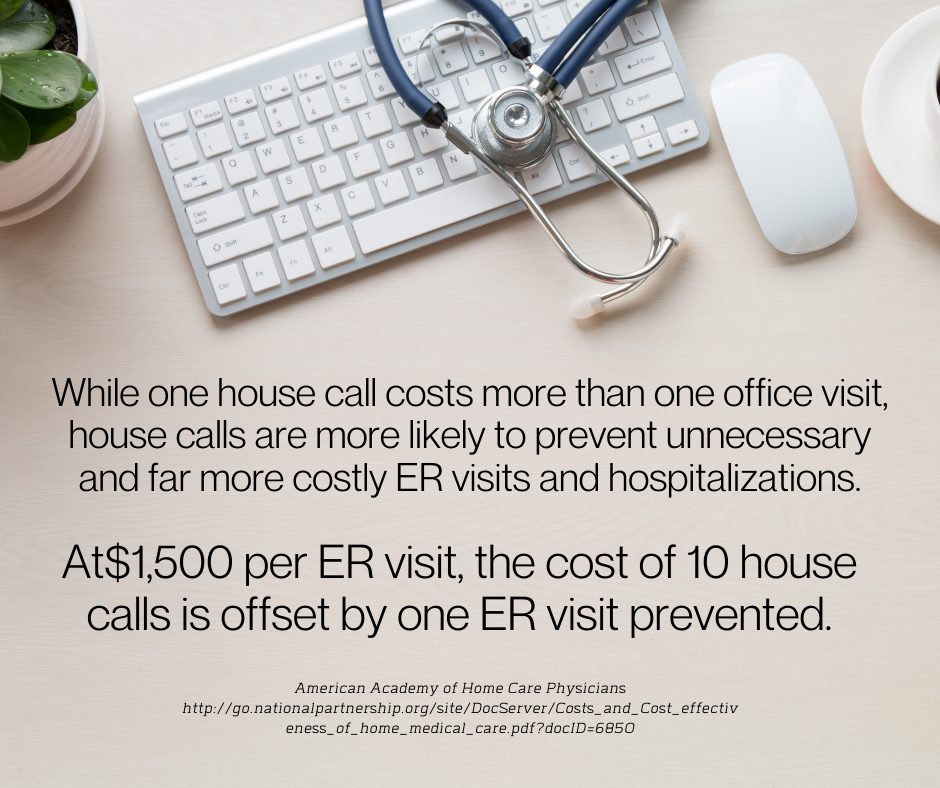
House calls are not a new model of health care delivery. It has and remains an effective way of improving patient outcomes while maintaining low health care costs. And as the American population ages, demand for house calls is expected to increase significantly in the future. Many benefits come with doctors making house calls. Here are a few of them:
- CONVENIENCE
Doctors making house calls do not only bring quality medical attention to their patients, but they also bring convenience. Their black doctor’s bag carries tools, equipment, and medication that make their patient’s living condition better.
House calls are convenient not only for elderly patients but also for patients with severe mobility impairment. Regular visits to the doctor’s office or the hospital can be an overwhelming challenge, with or without the assistance of a caregiver or a wheelchair. Plus, coordinating a schedule with your physician can be both financially and physically draining. Because of this discomfort, it may take time for patients to recover from the experience. House calls bring calm to the chaos.
You would be surprised to know that house calls fainting is one of the most common reasons people call for a doctor. Fainting, medically known as vasovagal syncope, occurs as the body’s response or overreaction to certain triggers. Vasovagal syncope is often benign and could be due to extreme emotional distress, abdominal pain, bleeding, or extreme stress. Fainting causes your heart rate to increase, and your blood pressure drops suddenly, and a simple doctor’s house call can save you from the possible severe effects one can get from simply fainting. House calls are the convenient solution to this condition.
With portable medical technology, almost everything that can be done in the clinic can now be accomplished at home. On top of the highly qualified home health support, patients can receive their treatment at home where they are safe.
- ACCESS
Access to health care is what house calls brought to American homes. House calls provide patients with access to continuous primary care for home-bound elderly and patients with physical impairment. The impact doctors when making house calls improve patient care by making sure that patients understand their diagnosis by identifying problems that are missed during the 20-minute doctor’s visit.
- BETTER COORDINATION
Better coordination of care is warranted for physicians who make house calls. This is in conjunction with the home health agency that assists and schedules house calls. The house call is a system. There are many factors to consider for it to work, and many individuals and agencies need to work together. Physicians and general practitioners cannot answer every house call they get. When they refer house calls to health agencies, they make sure that their agency of choice understands the Medicare guidelines and can complete comprehensive orders compared to their office-based colleagues.
Home health care providers are skilled and trained to tailor the treatment for a specific patient and physician goals. Naturally, house call physicians are better prepared to build a partnership with credible home health providers, ultimately, better patient outcomes.
- HOLISTIC CARE
Beyond the care provided by doctors within the 20- to 25-minute consultation, the house calls physicians to provide excellent medical attention to their patients. Sometimes the problem is obvious, but doctors miss the chance to diagnose their patients more efficiently because of the hospital setting. However, when doctors come in for a house call, the atmosphere is more relaxed and not overwhelming. Doctors can better assess and diagnose their patients in a welcoming and comfortable environment.
Having your doctor focus on your needs instead of the stress around them will make a big difference in the care you will receive. This is especially true for patients who have complex conditions and require a higher level of care. With this, patients require medical attention other than that provided by health agency nurses or palliative care nurses. This is where doctors and physicians need to with their patients. While skilled home care is generally brief and does not require round-the-clock attention, high-risk patients with medical comorbidities need long-term medical management. Home-bound patients can be seen and attended to by physicians who make house calls. Through house calls, patients are ensured to get continuity of care while remaining in the comforts of their own space.
- COMFORT
Comfort is a by-product of house calls, and the holistic care doctors bring with them. House calls ensure that patients receive the care and high-quality medical attention they want and need in a setting they prefer. The idea of being hospitalized for a given period can be daunting. Home-bound patients and their caregivers could decide that avoiding hospitalization can be better for their overall well-being. Through making house calls, doctors still make sure that their patients get the medical care they need. There are house call programs that also provide urgent care. They also offer options to convert a space in your home into a “hospital at home” without taking out the comfort that “home” brings.
- CAREGIVERS ARE INVOLVED IN PATIENT CARE
Patients’ families and caregivers are expected to be more involved in their care when receiving house calls. They become better integrated into their patient’s overall care plan. Since doctors are welcomed at home, it is expected that they have developed a relationship of open communication with both their patient and their caregivers. With an improved on-site communication with physicians and primary caregivers, patient’s well-being and overall health will greatly improve.
There will be no delays in relaying information, especially adjusting medication or recommendations for a lifestyle change. Physicians, nurses, and medical aids can provide hands-on education to family members who care for home-bound patients.
Education is really important when it comes to patient care. House calls provide this opportunity for family members who live with their home-bound loved ones or the elderly. With a better understanding and knowledge about their family, they, too, ensure their safety through a more informed and involved patient-caregiver relationship at home.
- HIGHER SATISFACTION RATES
Satisfaction is two-way in house calls. Patients and caregivers are thankful that doctors come to their homes for a check-up or follow-up, and doctors also feel immense personal satisfaction when they make house calls. The level of care and connection patients and doctors develop throughout treatment will, undeniably, bring satisfaction to both parties. House calls are an important service, one that brings medicine in the home. It is rewarding to provide care for chronically ill or geriatric patients. It has been proved that exposure to this type of health care delivery increases empathy and respect among medical students, ultimately, among doctors who make house calls. Physicians appreciate the rewards that come with helping the high-risk and vulnerable members of society lead full lives at the comfort of their own homes.
- COST EFFECTIVE
House calls are highly cost-effective. By eliminating the need to commute or take the trip to the clinic or hospital, house calls also eliminate the discomfort that comes with it. Also, other associated costs associated with hospital visits. Evidence has shown that while a house call may cost more than one hospital visit, it will ultimately avoid the unnecessary and high cost of visits to the ER and hospitalizations. One ER visit is estimated to cost $1,500, which the cost of 10 house calls will offset.
Through the Independence at Home Demonstration, Medicare deduces that house calls help save the institution’s funds. However, there is a thing you need to take into account to ensure eligibility. You need to be under the care of a doctor and have a dedicated plan of care. The plan must be reviewed regularly. More importantly, it is required that your doctor certifies that you need at least one of the following services for you to qualify:
- Continued occupational therapy,
- Physical therapy,
- Speech services,
- Continuous skilled nursing care, but less than eight hours a day.

It is important to remember that the patient must be home-bound or suffer from a physical impairment that makes it difficult to leave the house without help. The home health agency must have acquired certification by Medicare. Your doctor or nurse practitioner must submit documentation of your face-to-face visit in addition to these requirements.
What home health services do Medicare cover?
The following home health services are covered by Medicare for visits made by a doctor, nurse, or nurse practitioner:
- Skilled nursing is a service provided by a nurse, but for not more than 28 hours per week.
- Therapy includes speech, occupation, or physical therapy insofar as it is safe, effective, and is a specific treatment for your condition.
- Home health aid or intermittent or part-time care provided in the home by a health aid for an injury or health maintenance.
- Social services whenever your doctor determines that you need the service, Medicare will cover this cost.
- Medical supplies are included in your Medicare coverage. This includes certain medical supplies that your doctor orders. If you need medical equipment to install in your home, Medicare can cover up to 80% of its cost.
What home health services does Medicare not cover?
Medicare coverage has a ceiling, and the following home health services are not covered in your Medicare benefits:
- 24/7 home care
- Non-medical home care, including cleaning, laundry, or housekeeping
- Meal delivery
- Personal or custodial care
You must check if your preferred home health care is covered under your Medicare benefits. Talk to your doctor.

If you want to explore the possibilities of house calls and home health services, you can explore the list provided by the American Academy of Home Care Medicine (AAHCM). In this link, you can view AAHCM’s list of members and medical groups that provide home care physician services. We must highlight that AAHCM does not check the compliance of their members, including billing, licensing, and other regulatory requirements. They cannot attest to their qualifications and the way they bill patients.
Check out the different members in each state:

Employ Health

Employ Health promises to reduce your healthcare cost as well as insurance spending. The service improved access to medical care provides on-site healthcare designed to cater to small and mid-size organizations.
Address: 1300 Division Street Suite 108 Nashville, TN 37203
Contact details: (615) 861-1666 sales@employhealth.com
Drs. On-Call

Drs. On-Call puts their patients first at all times. Its doctors are always available 24 hours a day, seven days a week. You can call anytime, anywhere you are, and a doctor will be able to attend to your medical needs. Plus, Drs. On-Call listens. They value their patients’ feedback, so they encourage everyone to leave an account of their experience for them to do their job better.
Contact details: 1-800-652-5580 support@drsoncalls.com
DispatchHealth
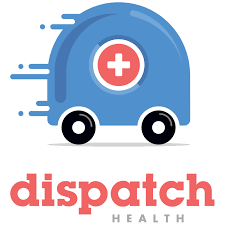
DisptachHealth team comprises highly-skilled, trained, and experienced healthcare professionals who are always ready and equipped to deliver medical care in your home. The team responds to a wide range of common to complex medical conditions and urgent injuries.
To check if DispatchHealth is available in your area, click here.
Contact details: 888-908-0553
